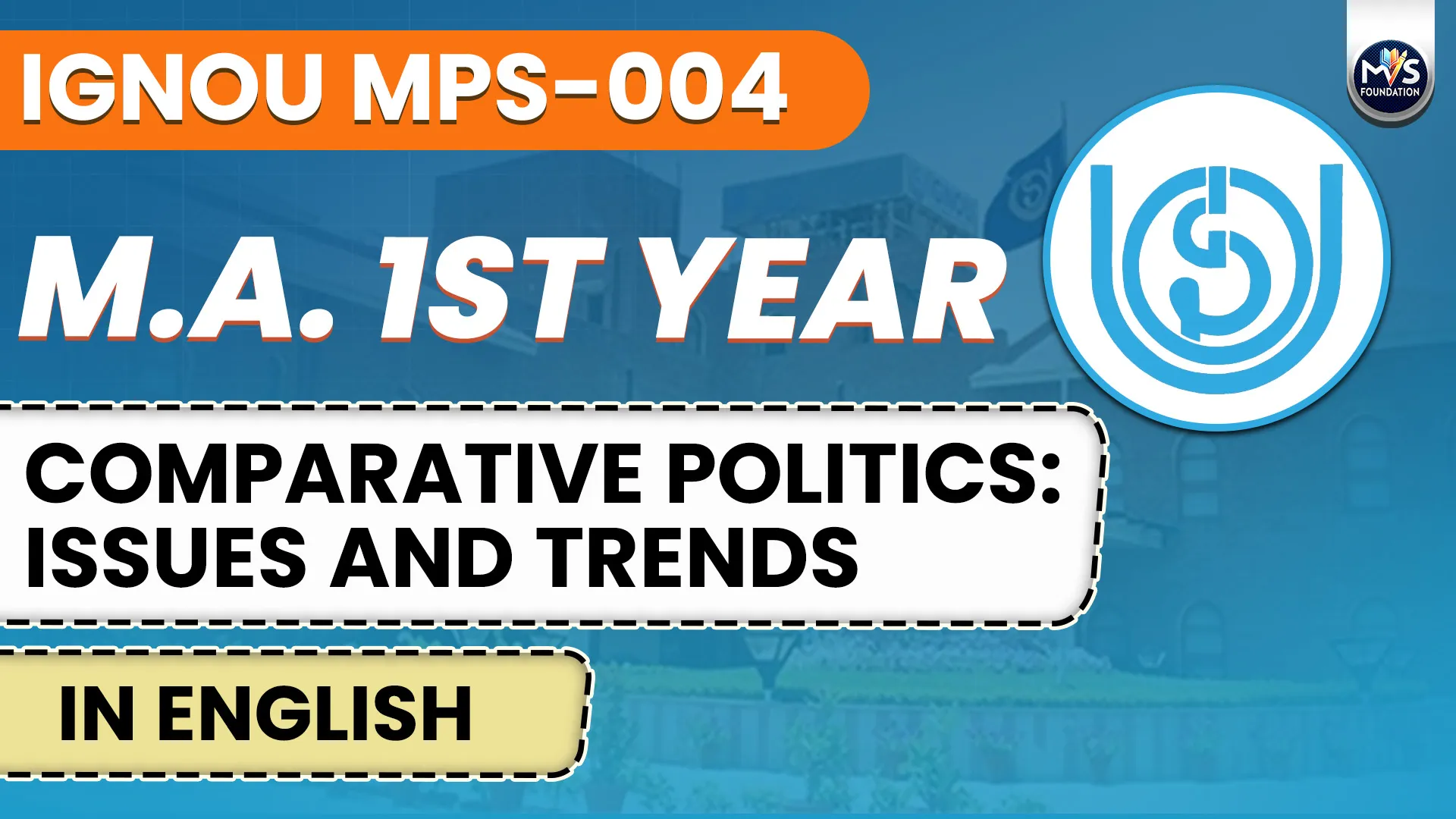
Get in Touch
We will get back to you within 24 hours.
Welcome to MVS Blog

Question 1: What is civil society? discuss its relation with state and give an overview of civil society from different perspectives. (June 2010 Q2, June 2011 Q3, June 2012 Q3, Dec 2012 Q5(a), June 2013 Q3, June 2014 Q5, June 2015 Q4, Dec 2015 Q5(a), June 2016 Q4(a), Dec 2016 Q2, Dec 2017 Q3, June 2018 Q5, Dec 2018 Q5, June 2019 Q3, Q5(d), June 2020 Q4, Dec 2020 Q4, June 2021 Q5(b) Q10(b), Dec 2021 Q5(b), Dec 2022 Q5(c), Dec 2023 Q3, June 2024 Q3.)
ANSWER:
Civil society
Civil society is the organized, voluntary, public-facing associational life of citizens operating separately but interactively with the state and the market. Civil society is understood as a realm of social life that is distinct from, yet interacts with, the state, the economy, and the intimate family sphere. It's not easy to define precisely due to its evolution.
Nature:
Sphere of Interaction: It exists between the economy and the state.
Composition: It includes voluntary associations, social movements, forms of public communication, and the intimate sphere (like the family, though sometimes distinguished). It encompasses organizations like churches, neighborhood groups, charities, clubs, independent media, universities, think tanks, etc.
Voluntary & Self-Generated: Participation is typically voluntary, and organizations often arise organically from societal needs and interests, largely supporting themselves. Autonomy & Legal Boundaries: It is autonomous from direct state control but
operates within a legal framework or shared set of values.
Public Orientation: It involves collective action in a public sphere to express interests. pursue collective goals, and make demands on the state, rather than focusing purely on
Pluralism & Diversity: A healthy civil society is characterized by a multitude of organizations with diverse, sometimes overlapping, interests. It is inherently non-monopolistic.
Distinction from Other Spheres:
Civil Society's Relationship with the State
Interdependence: It emphasizes a reciprocal relationship. "there can be no theory of the state without a theory of civil society, and, correspondingly, there can be no theory of civil society without a theory of the state." The nature of the state (democratic, totalitarian) is understood by referring to its civil society.
Site of Interaction: Civil society is "the site at which society enters into a relationship with the state." It's where citizens, organized outside the state, engage with it.
Influence, Not Control: Civil society organizations typically aim to influence, reform, or hold the state accountable, rather than seeking to capture state power themselves.
Hegel:
Provided a sophisticated analysis separating civil society from both the family (sphere of natural unity/love) and the state (sphere of universal ethicality).
Marx:
Agreed with Hegel on civil society as the sphere of egoism arising from modern (bourgeois) conditions.
Gramsci:
Offered a nuanced Marxist perspective, distinguishing:
In conclusion, the concept of civil society provides a crucial lens for analyzing the space between the individual/family and the formal structures of the state and economy, revealing dynamics of association, public action, democracy, power, and social change.
0 Response